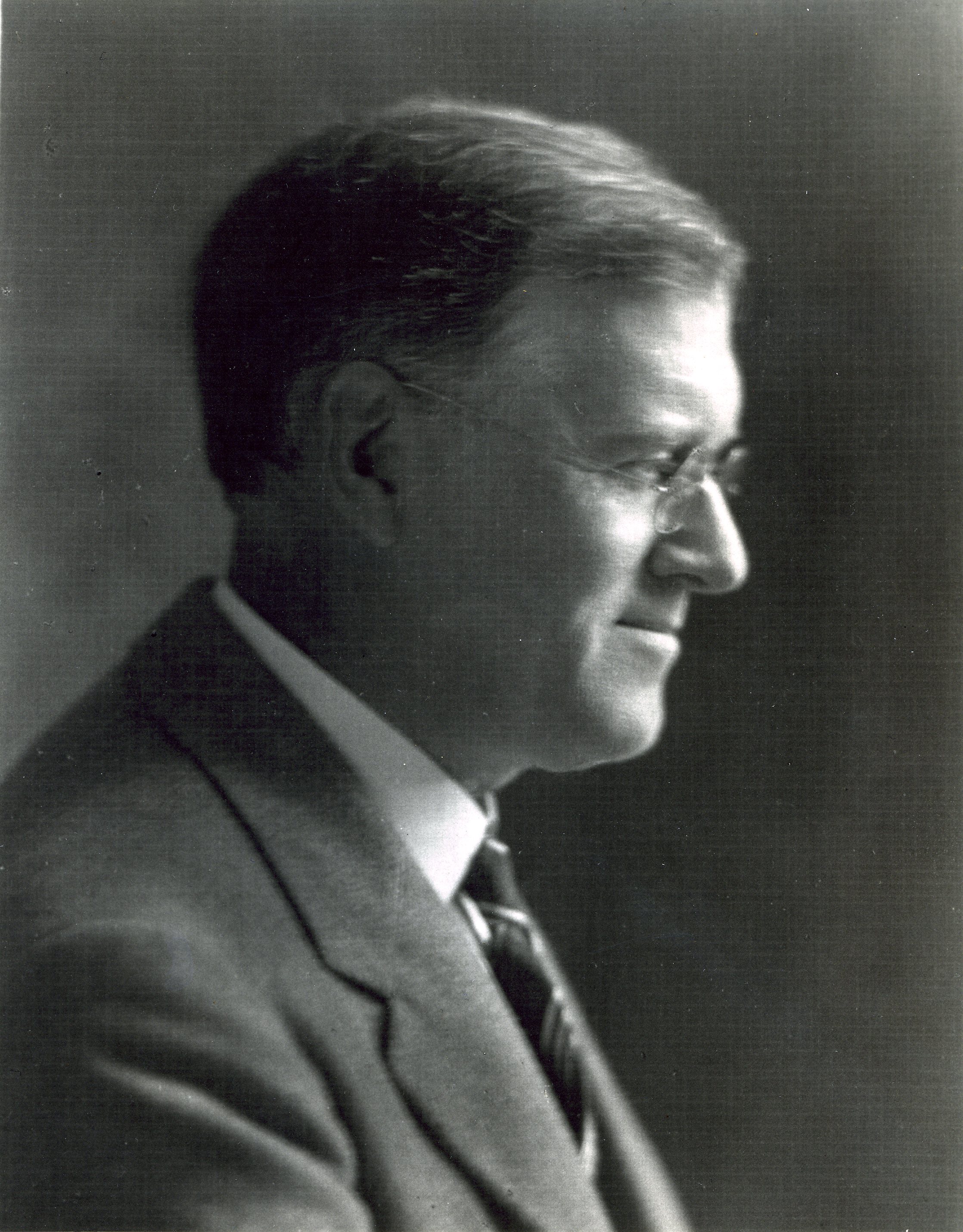Physician/Medical Teacher
Centurion, 1903–1951
Born 30 December 1869 in Columbus, Ohio
Died 5 January 1951 in Englewood, New Jersey
Buried Brookside Cemetery , Englewood, New Jersey
, Englewood, New Jersey
Proposed by Leroy M. Yale and T. Mitchell Prudden
Elected 4 April 1903 at age thirty-three
Seconder of:
Century Memorial
Long ago Dr. Wood was appointed Director of the Department of Clinical Pathology in the College of Physicians and Surgeons, then on West 59th Street. Here he developed new teaching methods for this rapidly growing field of medicine which were destined to revolutionize the whole approach to the problems. The study of disease no longer was limited to the sick room and the hospital ward, but was carried over to the laboratory and the research institute. In 1905 his “Chemical and Microscopical Diagnosis” was published, a treatise which remained the most complete and authoritative in its field for many years.
Meanwhile his investigative mind was turning more and more to the problem of cancer; and in 1913 the Crocker Institute for Cancer Research at Columbia University was opened under his guidance as Director. The building, constructed as he planned it without any unnecessary elaboration, was in conformity with his opinion that “research funds should be spent on brains and not on buildings.” From this simple but efficiently designed structure there emanated during more than a quarter of a century, until his enforced retirement on reaching the age limit, information of the first importance with regard to the nature and causes of cancerous growths and their response to treatment by radiation or other agencies. The caustic asperity of his criticisms directed against claims of alleged cancer cures inspired by premature optimism, or less creditable motives, was in sharp contrast to the warm hearted kindliness of his attitude toward patients coming for treatment in the Department of Radiotherapy which he established and conducted at St. Luke’s Hospital.
During recent years he had been engrossed in the creation of a monumental “Atlas of Tumor Pathology” to be illustrated with 1,500 or more microphotographs prepared by himself. Happily he was able to carry the work almost to completion, and it is expected that its publication will not long be delayed.
No mere record of achievements can give an adequate picture of him. He was far more than learned; his mind was ever sparkling and his conversation spiced with a special pungency of original phrase and aphorism. An outstanding figure in the development of medicine during the past fifty years—of national and international prominence—there was also in him a grace and captivating charm that made him the most delightful of companions. To his students and assistants he appeared a paragon of knowledge, unique and inimitable. With a sort of affectionate possessiveness they always spoke of him as “The Professor”: and as such he will live in the devoted memories of countless numbers.
George W. Martin
1951/1952 Century Association Yearbook

